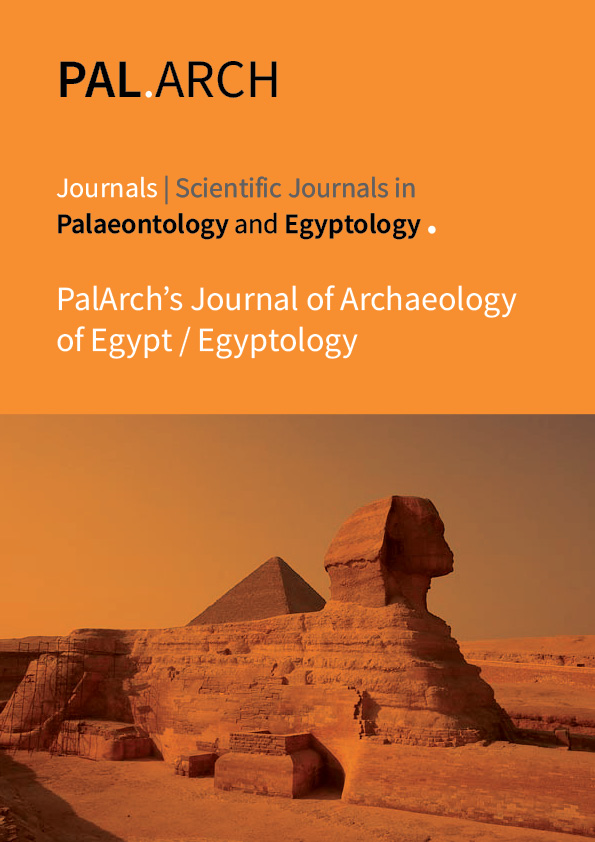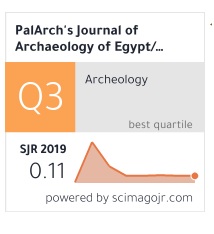THE FABRICATED HADITHS RAISED BY IBN AL-JAWZI: A CRITICAL RHETORICAL STUDY OF THEIR IMPACT THROUGH SOCIAL NETWORKS
Abstract
This research focused on the book Al-Mawdoot from the Hadiths raised by Ibn al-Jawzi / by
Ibn al-Jawzi in 1966 CE from two approaches. The first approach was to criticize the meanings, rulings,
and legislations of the hadiths included, and to compare them with the authentic hadith of the Prophet. It
became clear through this approach that the rulings contained in the texts were placed in a way that
confirmed that they were not attributed to the Prophet - may God bless him and grant him peace. It also
indicated the danger of spreading these hadiths on Social Communication Networks that facilitated the
transmission of undocumented information to a great extent. The second approach was to critique
expressions and styles of fabricated hadiths and comparing them with the methods of authentic hadiths. It
was found that they contradicted the methods and expressions of the Prophet, which could be added to the
status signs by which the hadith was known, and which had been explained by the people of hadith.
Research methodology: The study adopted several methods as the analytical method, the descriptive
method, and the historical method, as needed. Main results: The research concluded several results, such
as the weakness of the rhetorical methods in the hadiths included in this book, the multiplicity of their
sources, their inadequacy for the era of prophethood, and the shallowness of their meanings and rulings.
This confirmed the invalidity of their attribution to the Prophet - may God bless him and grant him peace
- and the research warned of the danger of their spread on the Internet due to the speed of their
transmission, lack of documentation, and scrutiny by users. The research recommended scholars and
researchers of rhetoric in the hadith of the Prophet to further studies the structure of the fabricated hadith
and reveal more of its characteristics to make it clear to the public as it became clear to the private, and
every Muslim could distinguish between the fabricated hadith from the correct one to limit the risk of its
spread through social media, as well as the hadith must be documented before publishing as well. The social media user must verify the authenticity of the source of the conversation before working on it or
spreading it among his/her followers.
Downloads
Downloads
Published
Versions
- 2021-01-24 (3)
- 2021-01-11 (2)
- 2020-12-04 (1)



